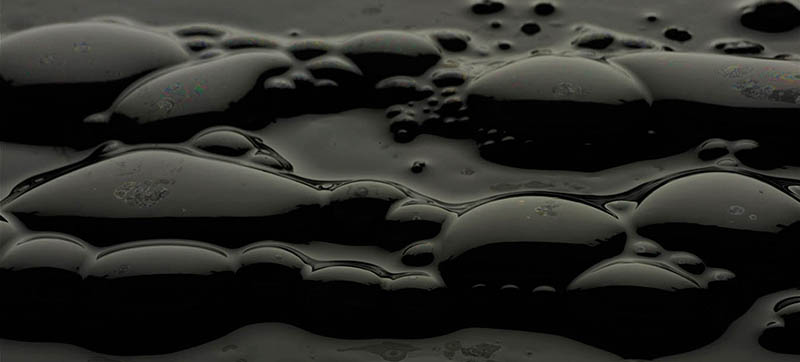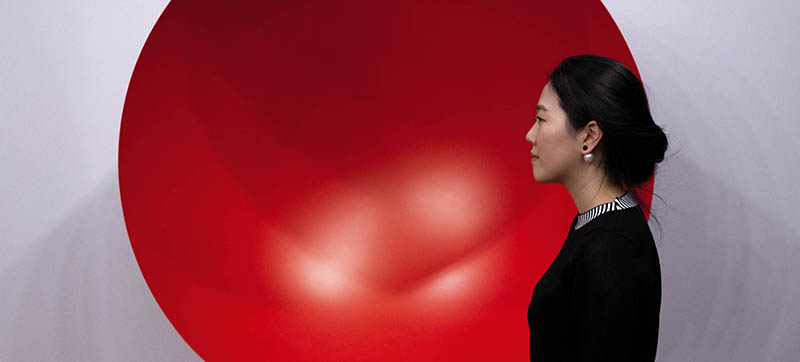ART & FINANCE by Alessandro Secciani
Director of FONDI&SICAV
They are, apparently, two sectors that have little to do with each other and, until only a few months ago, nobody made the merest connection between them. In reality, we have seen that there may indeed be strong connections – far from secondary – between oil and the art market and that the drop in prices of so-called black gold – as has occurred over the last year – can harm a whole host of sectors, art included. First of all, let’s look at the extent of the disaster. Until a year and a half ago, oil – in its two main benchmarks, Brent in Europe and the WTI in America – was around 70 euro a barrel. It was a level that, at the end of the day, suited everybody. It enabled the producing countries to live well and make substantial earnings that were, in turn, mostly spent in western countries. Furthermore, these were not prices that were too high in as much as the energy costs in hydrocarbon importing countries did not penalise the final consumers. This almost idyllic picture has however changed in the last year or so and oil prices per barrel have plummeted to less than 27 dollars. Today, the price stands at around 35 dollars and still therefore much less than those previous levels that suited everybody. Moreover, some experts state that the price per barrel might even go down to as low as less than 20 dollars per barrel.
At this particular point we should attempt to understand why these phenomena affect the prices achieved in the major auction houses.
An impoverished emerging middle-class
The foremost and most banal point to make is that over the last ten years in emerging economies a new affluent middle-class has been formed. It has paid a part of its attention and therefore money to the acquisition of works of art. Chinese art galleries as well as those in Latin America, Russia, Eastern European countries and the Middle East benefitted from an overwhelming degree of development during those higher-priced oil years. Today, with the depreciation of oil and practically all the other raw materials many countries have waded into difficult waters, such as the case in Brazil and Russia, whilst others such as Venezuela are on the brink of bankruptcy. In these particular conditions, the art market is no longer able to prosper since it suffers from a lack of buyers who are all busy dealing with other difficulties. The risk is that many pieces purchased over the last few years will come back onto the market and contribute significantly to a drop into the prices for paintings and other art works.
A shake-up, too, for Europe
It is not however just a question of this occurring. Contrary to what many economists thought in the beginning, the drop in the price of oil also brings about a whole shake-up among all those buyers of energetic raw materials. In pratice, Europe, that should be gaining an advantage from the lower cost of oil, has had little reason for joy. The major world companies that excavate for black gold, the engineering companies and the varied technologies that are connected to oil are all based in Europe and the USA and they have been severely penalised by the plummeting prices of oil. Accordingly, the share prices in all western countries have plummeted along with energy-based raw materials. It is a widely known fact that the art market is strictly connected to share prices. When prices shoot up, prices for art works follow suit while when prices drop art loses its value, too. It is more than obvious at this point that the high degree of volatility that has come to the surface in relation to shares must have an effect on all forthcoming auctions.
But in the United States of America…
The worst situation, from this point of view, has been in the United States where the exploitation of shale oil had attracted high hopes for a sort of rebirth in the economy and hopes for a trend that is pointing in the direction of an almighty economic recovery. The problem is that the extraction of oil in the United States is expensive (an average of around 40 dollars a barrel) and with current prices local industries in the US have not been able to stay afloat. The first few bankruptcies have started to appear and they have hit shares and bonds that were set up to fund research and, above all, all of this uncertainty has created a fear that the world’s number one economy might be slipping into recession after years of economic growth. Such a prospect has brought about an atmosphere of insecurity and a variety of fears and worries. In other words, the worst possible background for those wanting to spend money and acquire shares…….and purchase works of art.
In conclusion, if our whole economic vision was imbued with optimism with negative interest rates (and liquidity from central banks that knew no precedents) now our levels of confidence are severely compromised. In the art market as a whole now is probably the best time to buy; not, of course, the best of times for those wishing to get top prices.


